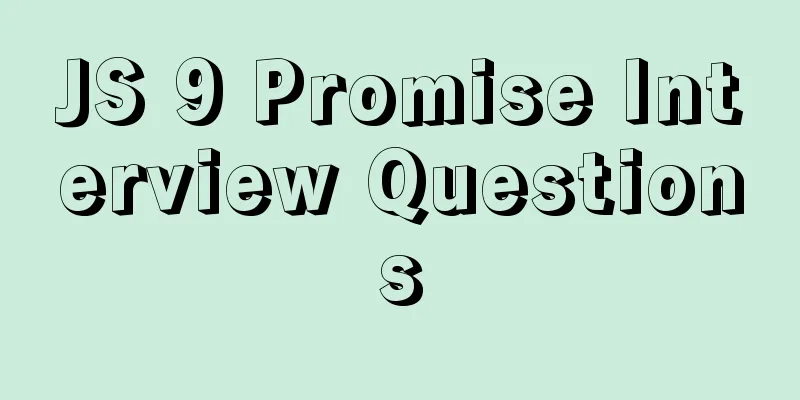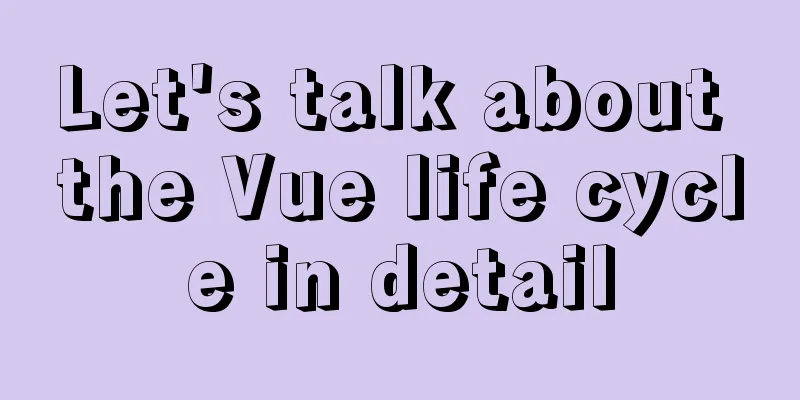JS 9 Promise Interview Questions

1. Multiple .catch
var p = new Promise((resolve, reject) => {
reject(Error('The Fails!'))
})
p.catch(error => console.log(error.message))
p.catch(error => console.log(error.message))What will be the output of the above code? Please select the correct answer:
Analysis: We create a Promise using the constructor method and immediately trigger an error via the reject callback. Then .catch works similar to DOM's .addEventListener(event, callback) or Event Emitter's .on(event, callback) where multiple callbacks can be added. Each is called with the same arguments. 2. Multiple .catch
var p = new Promise((resolve, reject) => {
return Promise.reject(Error('The Fails!'))
})
p.catch(error => console.log(error.message))
p.catch(error => console.log(error.message))What will be the output of the above code? Please select the correct answer:
Analysis:
When using the Promise constructor, you must call either the resolve() or reject() callback. The Promise constructor does not use your return value, so it will not actually receive another Promise created by Promise.reject(). When there is no .catch after Promise.reject(), the answer is UnhandledPromiseRejectionWarning. 3. Chaining .then and .catch
var p = new Promise((resolve, reject) => {
reject(Error('The Fails!'))
})
.catch(error => console.log(error))
.then(error => console.log(error))What will be the output of the above code? Please select the correct answer:
Analysis
When chaining .then and .catch, it's helpful to think of them as a series of steps. Each .then receives the value returned by the previous .then as its argument. However, if your "step" encounters an error, any subsequent .then "steps" will be skipped until a .catch is encountered. If you want to override an error, all you have to do is return a non-error value. Can be accessed via any subsequent .then. Tip: console.log() always returns undefined. 4. Link.catch
var p = new Promise((resolve, reject) => {
reject(Error('The Fails!'))
})
.catch(error => console.log(error.message))
.catch(error => console.log(error.message))What will be the output of the above code? Please select the correct answer:
Analysis When chaining .catch , each one only handles errors raised in the previous .then or `.catch "step". In this example, the first .catch returns console.log, which can only be accessed by adding a .then() after the two .catch. 5. Multiple .catch
new Promise((resolve, reject) => {
resolve('Success!')
})
.then(() => {
throw Error('Oh noes!')
})
.catch(error => {
return "actually, that worked"
})
.catch(error => console.log(error.message))What will be the output of the above code? Please select the correct answer:
Analysis Tip: .catch can simply ignore (or override) errors by returning a regular value. This trick only works if the subsequent .then receives the value. 6..then process
Promise.resolve('Success!')
.then(data => {
return data.toUpperCase()
})
.then(data => {
console.log(data)
})What will be the output of the above code? Please select the correct answer:
Analysis Tip: .then passes data sequentially, from return value to the next .then(value => /* handle value */). In order to pass the value to the next .then, return is the key. 7..then process
Promise.resolve('Success!')
.then(data => {
return data.toUpperCase()
})
.then(data => {
console.log(data)
return data
})
.then(console.log)What will be the output of the above code? Please select the correct answer:
Analysis: There are two console.log calls that will be called. 8..then process
Promise.resolve('Success!')
.then(data => {
data.toUpperCase()
})
.then(data => {
console.log(data)
})What will be the output of the above code? Please select the correct answer:
Analysis: Tip: .then passes data sequentially, from the return value to the next .then(value => /* handle value */). In order to pass the value to the next .then, return is the key. 9. Flow between .then and .catch
Promise.resolve('Success!')
.then(() => {
throw Error('Oh noes!')
})
.catch(error => {
return 'actually, that worked'
})
.then(data => {
throw Error('The fails!')
})
.catch(error => console.log(error.message))The above are the details of 9 JS Promise interview questions. For more information about JS Promise interview questions, please pay attention to other related articles on 123WORDPRESS.COM! You may also be interested in:
|
<<: Docker and portainer configuration methods under Linux
Recommend
Vue Learning - VueRouter Routing Basics
Table of contents 1. VueRouter 1. Description 2. ...
A troubleshooting experience of centos Docker bridge mode unable to access the host Redis service
background: I have done a project before, which r...
MySQL index cardinality concept and usage examples
This article uses examples to explain the concept...
How to change the domestic source of Ubuntu 20.04 apt
UPD 2020.2.26 Currently Ubuntu 20.04 LTS has not ...
Draw a heart with CSS3
Achieve resultsRequirements/Functionality: How to...
MySQL 8.0 WITH query details
Table of contents Learning about WITH queries in ...
Four data type judgment methods in JS
Table of contents 1. typeof 2. instanceof 3. Cons...
Detailed analysis of replication in Mysql
1.MySQL replication concept It means transferring...
CentOS7 firewall and port related commands introduction
Table of contents 1. Check the current status of ...
A very detailed explanation of the Linux DHCP service
Table of contents 1. DHCP Service (Dynamic Host C...
How to use the Linux nl command
1. Command Introduction nl (Number of Lines) adds...
MySQL database advanced query and multi-table query
MySQL multi-table query Add a worksheet -- User t...
js native carousel plug-in production
This article shares the specific code for the js ...
JavaScript message box example
Three types of message boxes can be created in Ja...
Create a virtual environment using venv in python3 in Ubuntu
1. Virtual environment follows the project, creat...











